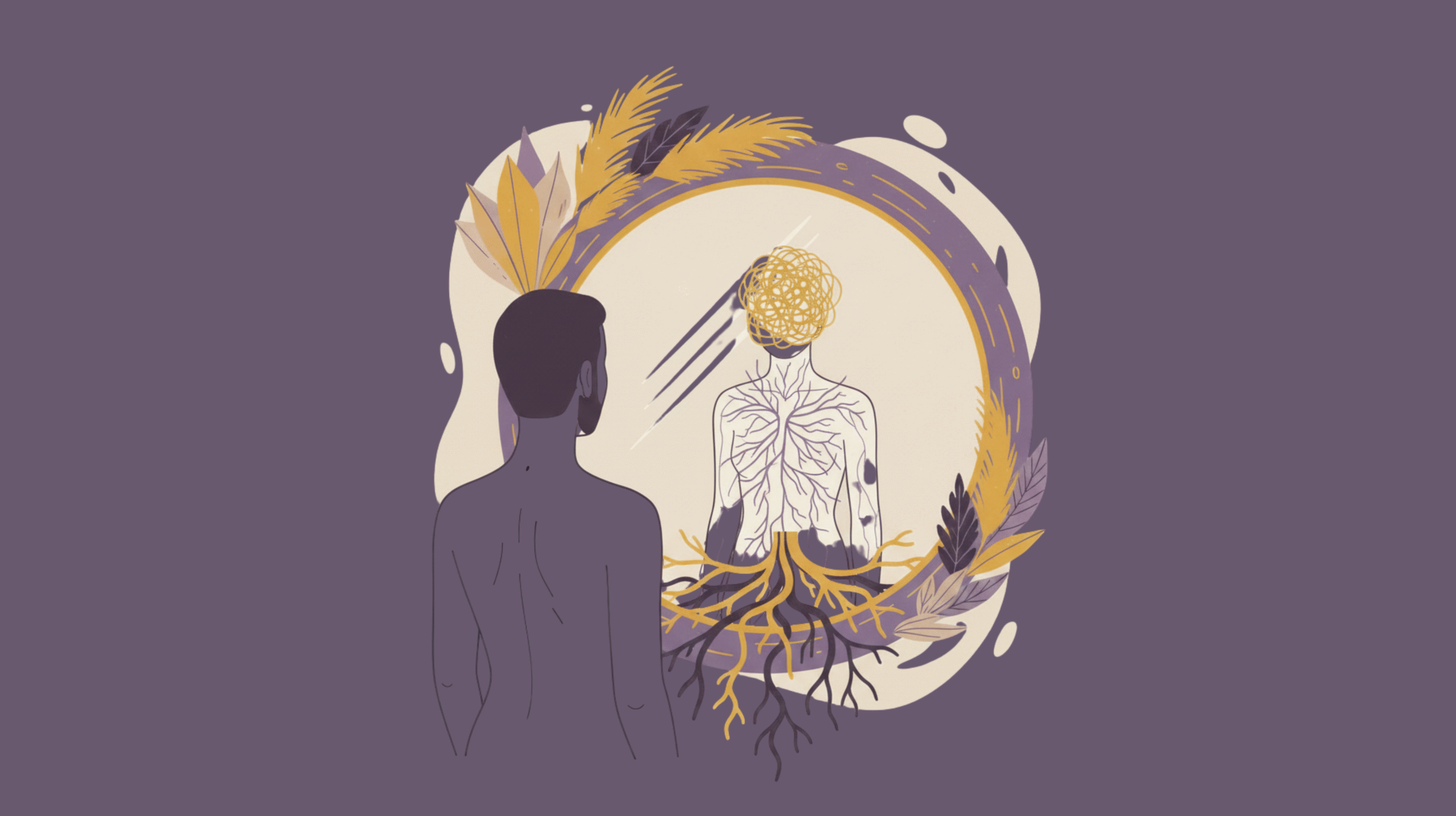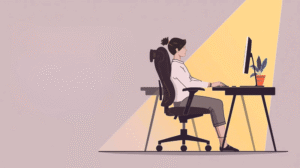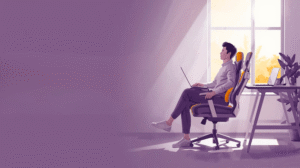Stress isn’t just emotional. It’s physical.
Before your mind realizes you’re overwhelmed, your body has already stored the tension in tiny, almost invisible ways.
In recent years, researchers studying the nervous system and fascia discovered something striking:
Chronic stress leaves a physical imprint. It hides in micro-tensions – a clenched jaw, a shallow breath, tight hips, stiff shoulders, long before it becomes a mental struggle.
Your body is not just a structure. It is a memory system. A living record of your emotional world.
The Stress–Body Loop
Stress signals travel through muscles, fascia, and the autonomic nervous system. When stress becomes prolonged, the body adapts in ways you barely notice:
- The jaw locks subtly throughout the day
- Breathing rises to the chest instead of the diaphragm
- The hips and lower back stay guarded
- Shoulders creep upward toward the ears
- The neck stiffens even during rest
Each of these micro-tensions sends a message to the brain: “I’m not safe.”
And the brain responds by activating more stress pathways, even when nothing is actually wrong.
Tension is not a reaction to stress. It is the first sign of stress.
The Science of Stored Stress
Your fascia, the connective tissue that wraps every muscle and organ — is highly sensitive. It responds to emotional load the same way it responds to physical injury.
Studies in fascia research show that chronic micro-tightening changes its texture, making it thicker and less elastic. In effect, the body forms emotional scar tissue.
Neuroscience adds another layer.
Shallow breathing activates the sympathetic nervous system, increasing cortisol and reducing the brain’s ability to regulate emotions.
Shallow breath → tense fascia → activated stress response → mental overwhelm → more tension.
When your breath collapses, your brain interprets it as a warning.
Stress Pre-Frames Your State
Stress doesn’t just reflect how you feel. It shapes how you will feel.
Tense posture signals:
- Vigilance
- Irritability
- Emotional fatigue
Relaxed posture signals:
- Safety
- Openness
- Cognitive ease
Before your thoughts shift, your body already has.
Micro-Moments That Reveal Stress
Stress shows up in the smallest behaviors:
- Clenching your teeth while reading messages
- Holding your breath during a difficult call
- Tightening your hips while sitting for long hours
- Shrinking your chest during conflict
- Hunching forward when overwhelmed
Each micro-tension communicates one message to your nervous system:
“Protect.”
And protection mode shuts down calm.
Clues Your Body Is Showing Stress Before You Notice
- Tension headaches by afternoon
- Sudden irritability despite no clear trigger
- A tight chest or shallow breath during routine tasks
- A heavy, drained feeling after sitting too long
- Restlessness paired with exhaustion
These are not personality traits. They are physical stress responses.
A 60-Second Stress Reset
To interrupt the loop, you have to signal safety through your body:
- Unclench your jaw; the fastest way to calm the vagus nerve
- Drop your shoulders and widen your chest
- Exhale longer than you inhale
- Relax your hips and soften your belly
- Scan for hidden tension and release it intentionally
You don’t have to think your way out of stress. You signal your way out.
The Bigger Lesson
Stress doesn’t hide in the mind. It hides in the body in the breath, in the fascia, in tiny muscles you forget you have.
Your body reflects your emotional world long before your thoughts do. So here’s the question worth sitting with:
If your body shows stress before your mind feels it, what would change if you learned to read those signals early?
Because stress might be quiet, but your body never lies.
Co- authored by: Shayamal Vallabhjee
Chief Science Officer: betterhood
Shayamal is a Human Performance Designer who works at the intersection of psychology, physiology, and human systems design, for the last 25 years he is helping high-performing leaders, teams, and athletes thrive in environments of stress, complexity, and change. His work spans across elite sports, corporate leadership, and chronic health—and is grounded in the belief that true performance isn’t about pushing harder, but designing better.



















